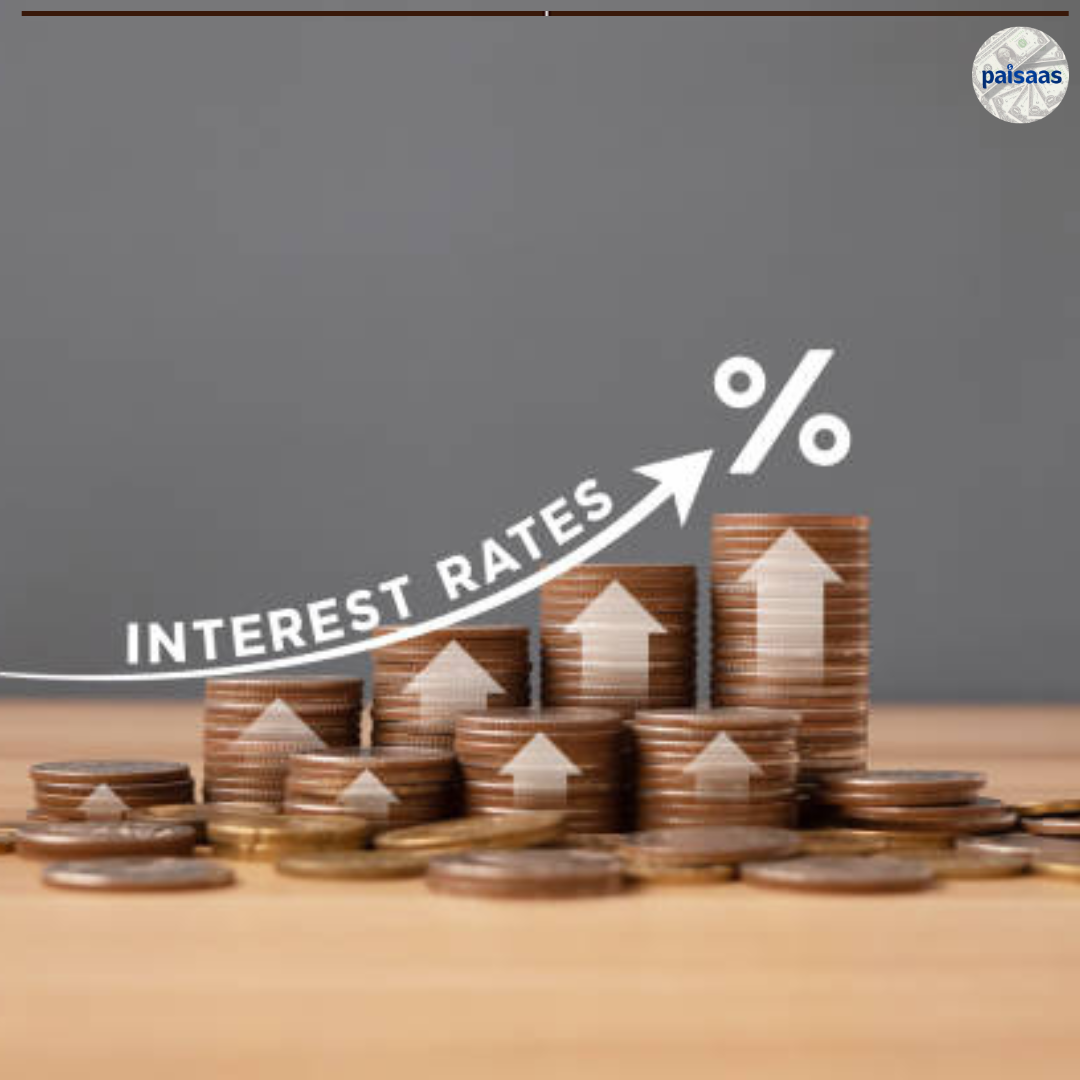

“Decoding the Dynamics: Exploring Interest Rates and the Yield Curve”
Understanding Interest Rates and the Yield Curve: A Comprehensive Overview
Interest rates and the yield curve play a vital role in the world of finance and economics. They serve as crucial indicators of market conditions, influencing borrowing costs, investment decisions, and overall economic activity. To navigate the intricacies of these concepts, it is essential to grasp their fundamental principles and implications.
Interest rates can be defined as the cost of borrowing or the return on lending capital. They are determined by a multitude of factors, including inflation, monetary policy decisions, supply and demand dynamics, and overall economic conditions. Central banks often use interest rates as a tool to regulate economic growth and maintain price stability.
The yield curve, on the other hand, represents the relationship between the interest rates and the maturity of debt instruments such as bonds. It illustrates the yields or returns an investor can expect to receive at various time horizons. The yield curve is typically upward sloping, indicating higher yields for longer-term investments. However, it can also assume different shapes or even invert, signaling potential economic shifts and investor sentiment.
One of the primary drivers of interest rates and the yield curve is inflation. When inflation expectations rise, lenders demand higher interest rates to compensate for the anticipated loss of purchasing power. Central banks may respond to inflationary pressures by raising policy rates, tightening monetary policy, and influencing short-term interest rates. These actions can impact the yield curve, leading to changes in long-term borrowing costs and investment decisions.
Another key factor influencing interest rates and the yield curve is market sentiment and economic outlook. In times of economic expansion and optimism, interest rates tend to rise as demand for credit increases. This results in a steeper yield curve, reflecting higher returns for longer-term investments. Conversely, during economic downturns or periods of uncertainty, interest rates may be lowered to stimulate borrowing and investment, leading to a flatter or even inverted yield curve.
Investor expectations and risk preferences also play a significant role in shaping interest rates and the yield curve. Investors demand compensation for taking on various risks, such as credit risk and liquidity risk. Consequently, bonds with longer maturities or lower credit ratings typically offer higher yields to attract investors. These risk premiums affect the shape and slope of the yield curve, reflecting market perceptions of future uncertainties and potential rewards.
Understanding the relationship between interest rates and the yield curve is crucial for borrowers, lenders, and investors. For borrowers, changes in interest rates can directly impact the cost of borrowing. When rates rise, borrowing becomes more expensive, potentially affecting consumer spending, business investments, and economic growth. Conversely, lower interest rates can stimulate borrowing and support economic activity.
Lenders and investors must carefully evaluate the yield curve to make informed decisions. A steep yield curve indicates a larger spread between short and long-term interest rates, potentially providing opportunities for higher returns on longer-term investments. However, it also signifies increased uncertainty and market volatility. A flat or inverted yield curve may suggest an economic slowdown or recession, prompting a more cautious approach to lending and investing.
Central banks and policymakers closely monitor interest rates and the yield curve as part of their efforts to manage the economy. By adjusting policy rates and implementing monetary policies, central banks aim to influence borrowing costs, stimulate economic activity, and maintain price stability. They pay particular attention to any signs of yield curve inversion, which historically has preceded economic downturns.
Conclusion
In conclusion, interest rates and the yield curve are essential components of the financial landscape, impacting borrowing costs, investment decisions, and economic conditions. By comprehending the factors driving interest rates and understanding the shape and slope of the yield curve, individuals, businesses, and policymakers can make informed choices and navigate the complexities of the financial markets. Monitoring interest rates and the yield curve provides valuable insights into market sentiment, economic expectations, and potential opportunities and risks.




